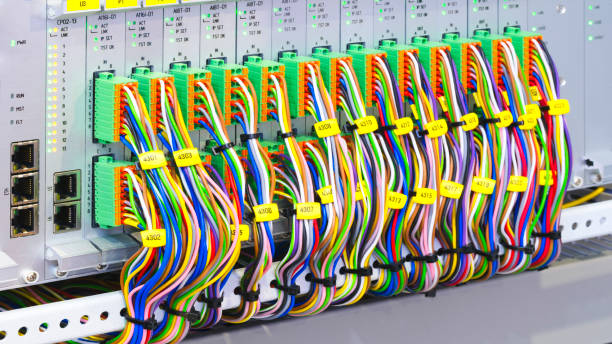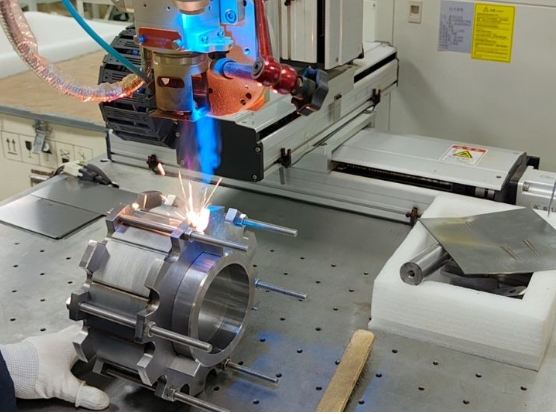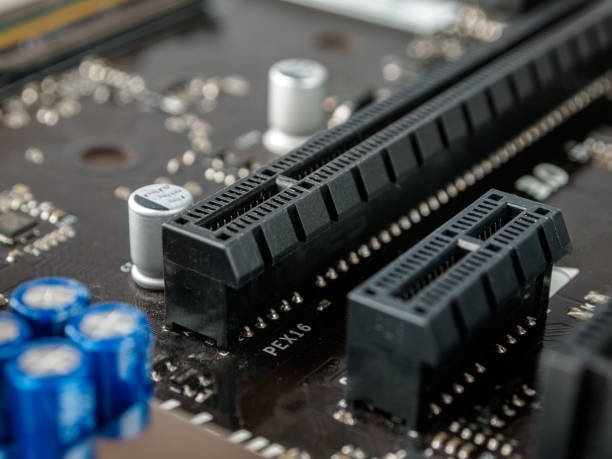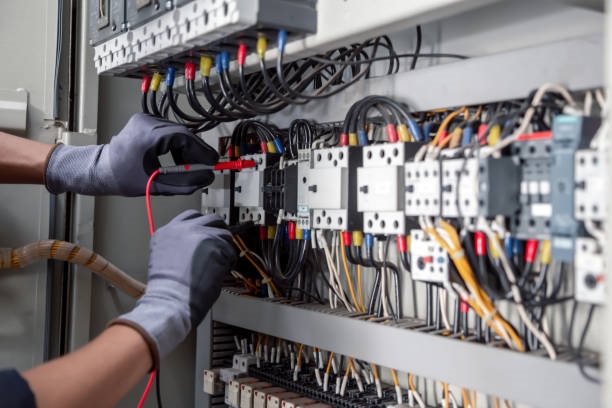Overview
With rapid advances in new-energy vehicle technology and policies promoting green new-energy vehicles, OEMs have introduced a range of new-energy products, including battery electric vehicles, hybrid vehicles, and hydrogen fuel cell vehicles. As electrical power replaces conventional fuels as the main vehicle propulsion source, high-voltage wiring harnesses have become the primary connection and transmission system for vehicle power supply and functional components. Because these systems operate at high voltages, harness design must address specific layout and safety challenges.
High-Voltage Wiring Harness Design Approaches
1. Dual-rail harness design
High-voltage wiring harnesses for new-energy vehicles commonly use a dual-rail configuration. Since traction battery voltages are high and exceed human-safe voltage levels, the vehicle chassis cannot be used as a high-voltage return. DC high-voltage circuits must follow a strict dual-rail design. Typical high-voltage harnesses include the drive system harness, battery harness, charging inlet harness, air-conditioning compressor harness, and power steering pump harness.
2. High-voltage connector selection
High-voltage connectors handle high-voltage and high-current transmission and are critical for occupant safety. Connector selection should consider voltage withstand, ingress protection, interlock circuits, and shielding. In practice, designers typically choose established suppliers with mature, reliable products, such as Zhonghang Optoelectronics, Tyco, Yonggui, Amphenol, and Ruikeda.
3. Shielding for high-voltage harnesses
High-voltage harnesses can generate significant electromagnetic interference when carrying varying high-voltage signals, so shielded cables with braided shields are recommended. Connectors should also support shielding so that crimp or termination processes form a continuous shield connection with the harness, reducing electromagnetic emissions and susceptibility.
High-Voltage Harness Layout
1. Layout principles
Proximity principle: Arrange high-voltage harnesses to minimize routing length, which reduces voltage drop and supports weight and cost reduction.
Safety principle: In addition to minimizing length, harness routing must consider concealment, crash safety regulations, and serviceability. Adequate protection must be provided to prevent leakage, fire, or risks to occupants that can result from improper routing.
2. Layout types
Two common layout strategies are layered routing and parallel routing. Both approaches separate high-voltage and low-voltage harnesses to reduce electromagnetic interference from high-voltage circuits to low-voltage communication systems.
 ALLPCB
ALLPCB








